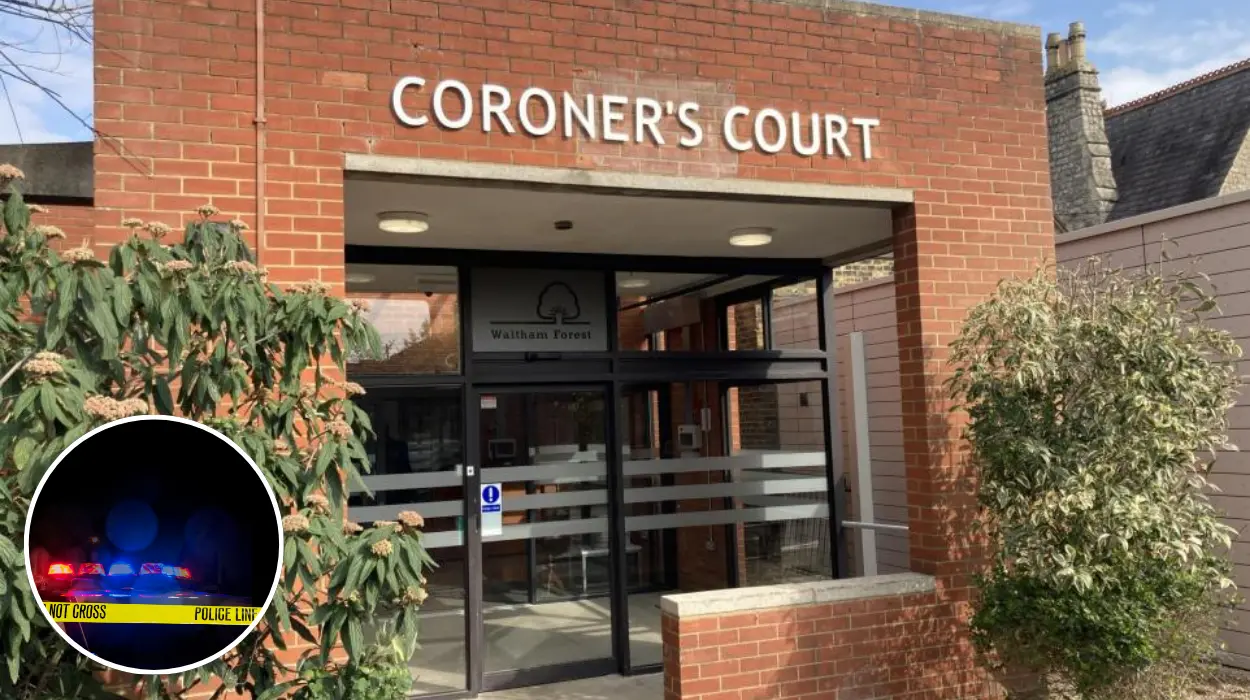Key Points:
- Richard Parram, 82, found dead in Leytonstone underpass on January 21, 2025.
- His death initially triggered a murder investigation.
- Evidence at the scene suggested self-inflicted injuries.
- No suspicious circumstances found by the Met Police.
- Inquest at East London Coroner’s Court ruled his death a suicide.
- Parram had been diagnosed with schizophrenia and depression.
- Family had no concerns about his mental state before death.
- Parram’s wife had taken her own life 20 years earlier.
An inquest at East London Coroner’s Court in Waltham Forest ruled the death of Richard Parram, 82, found with stab wounds in a Leytonstone underpass, as suicide after Met Police dropped a murder investigation.
What happened to Richard Parram in Leytonstone?
An elderly man’s death in Leytonstone has been ruled a suicide after an initial investigation by the Metropolitan Police raised suspicions of murder. On January 21, 2025, Richard Parram, aged 82, was found dead in an underpass in Leytonstone. His body was discovered by a passer-by who stated they frequently saw Mr. Parram walking in the area.
The discovery of his body triggered a murder investigation, with investigators combing through the scene. However, further examination indicated that the cause of death was not suspicious. The police investigation was quickly called off after it became clear that Mr. Parram’s death resulted from self-inflicted injuries.
What did the forensic evidence show?
When authorities examined Mr. Parram’s body, they found 19 stab wounds. A forensic examiner concluded that the injuries were consistent with self-infliction. The examiner noted that, had the wounds been the result of an attack, they would have been less uniform and more spread out. Furthermore, there were no defensive wounds on his body, suggesting no struggle had occurred. A knife was found on the ground between Mr. Parram’s legs, further supporting the theory that the injuries were self-inflicted.
Was Richard Parram in good mental health?
Although Mr. Parram had a history of mental health issues, including a diagnosis of schizophrenia in 1973 and depression in 1999, there were no significant concerns regarding his mental state before his death. His most recent GP appointments did not indicate any mental health issues that could have led to a suicide. The only recent referral had been due to memory issues, which were later found to be relatively minor, with his memory rated 97 out of 100.
In fact, when Mr. Parram spoke to one of his sisters in January, he mentioned feeling depressed but did not raise any alarm about his mental health. He reportedly asked her not to contact him again for a month.
What else did the investigation uncover?
A search of Mr. Parram’s home the day after his body was found revealed envelopes containing large sums of money. These envelopes were left in plain view, and Mr. Parram had written notes indicating that the money was intended to pay for his cremation.
What was the inquest’s conclusion?
At the inquest held at East London Coroner’s Court in Walthamstow on April 30, 2025, Coroner Nadia Persaud concluded that Richard Parram’s death was a suicide. The ruling followed the examination of his medical history, the findings of the forensic examination, and statements from family members. It was noted that Mr. Parram’s wife had tragically taken her own life approximately 20 years earlier, which may have influenced his state of mind.
The court’s findings dispelled the earlier suspicions of murder and confirmed that Mr. Parram’s death was the result of his own actions.
What did the family say about Richard Parram’s death?
Mr. Parram’s family had been in regular contact with him prior to his death. According to statements made during the inquest, there were no concerns raised about his mental well-being. His family confirmed that he had expressed feelings of depression, but none of them had suspected he was planning to take his own life.
The tragic case sheds light on the complex nature of suicide and the signs that may not always be apparent, even to loved ones.
How did the investigation unfold?
Initially, the presence of 19 stab wounds and the discovery of Mr. Parram’s body in a public space led to a murder investigation. However, once the forensic evidence was analysed, it became clear that the injuries were consistent with self-inflicted harm, prompting the police to abandon the murder inquiry and focus on the possibility of suicide.
Ultimately, the investigation and the subsequent inquest concluded that there were no suspicious circumstances surrounding Mr. Parram’s death.
